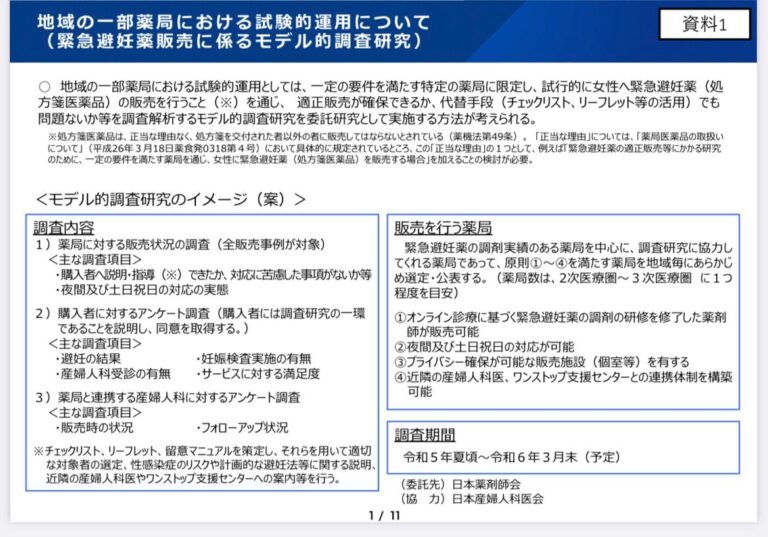Study: Effect of changes to cost and availability of EC on users’ profiles in an emergency department in Catalunya
A study by Cristina Trilla, Raquel Senosiain, Joaquim Calaf, and Juan José Espinós entitled “Effect of changes to cost and availability of emergency contraception on users’ profiles in an emergency department in Catalunya” was recently published in The European Journal of Contraception and Reproductive Health Care. The study examined whether free-of-charge EC access within the Public Health System, which was authorized in 2004, and over-the-counter access of EC, which was implemented in 2009, impacted demand and users’ profiles at a health institution in Catalunya. See abstract below.
Objective Emergency contraception (EC) accessibility has evolved differently in Catalunya as compared with other autonomous communities in Spain. Free-of-charge access within the Public Health System was authorised in 2004, and over-the-counter (OTC) access was implemented in 2009. The aim of the study is to assess the impact of these measures on demand and users’ profiles at our institution.
Methods A retrospective study, in our Emergency Department, was conducted to evaluate EC requests in relationship to accessibility modifications. The age of women and which days of the week they attended were analysed.
Results The number of EC requests, the distribution by age and the demand over the
week remained stable after access to EC became free of charge. However, requests sharply decreased following OTC access implementation. Distribution by age also changed, with a significant increase in requests from women under 25 years (72% vs 56%, p 0.001). Demand was greatest on Sunday and Monday, and this distribution persisted over the study period.
Conclusion EC requests remained unchanged following free-of-charge access to EC, but decreased after OTC implementation. Women currently seeking EC at no cost at our institution are more likely to be younger and to request it on a Monday.



